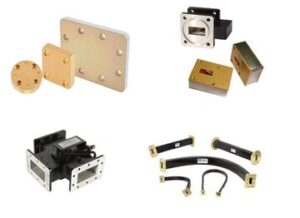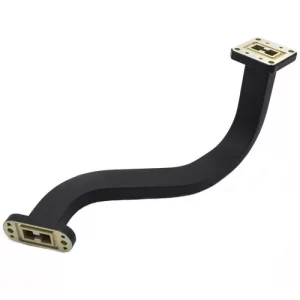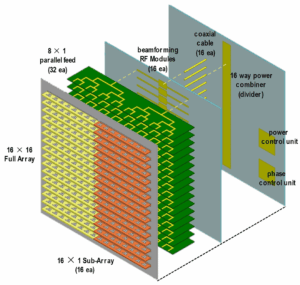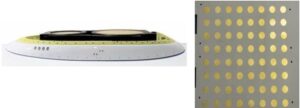Table of Contents
Power efficiency
Suppose a radio transmitter with an output power of 100 watts is connected to the antenna via a coaxial cable. We compare system performance with SWR 1.5 and 3.0:
When the SWR is 1.5: the reflection coefficient at this time is about 0.2, and the reflected power is 4% of the total power. In other words, 4 watts of power out of 100 watts is reflected back to the transmitter for an effective power of 96 watts. The standard loss of coaxial cable may be 2 dB per 100 meters, in which case the loss is lower, helping to maintain a high communication efficiency.
When the SWR is 3.0: the reflection coefficient at this time is about 0.5, meaning that 25% of the power is reflected, that is, 25 watts. Effective power is reduced to 75 watts. Under the same cable loss conditions, high reflected power will cause more energy loss and heat generation, and the damage to the cable and transmitter is more likely to lead to premature aging or damage to the equipment.
The effect of communication in these two cases:
Effective range and signal strength: at a low SWR, a high effective power means that the antenna can transmit a stronger signal and improve coverage. The effective output of 96 watts can increase the signal coverage radius by more than 20%, compared to the output of 75 watts.
Equipment safety and economy: Lower SWR also reduces thermal stress on equipment and extends the service life of transmitters and cables. In the case of a limited economic budget, a low SWR system can save significant maintenance costs and possible replacement costs.
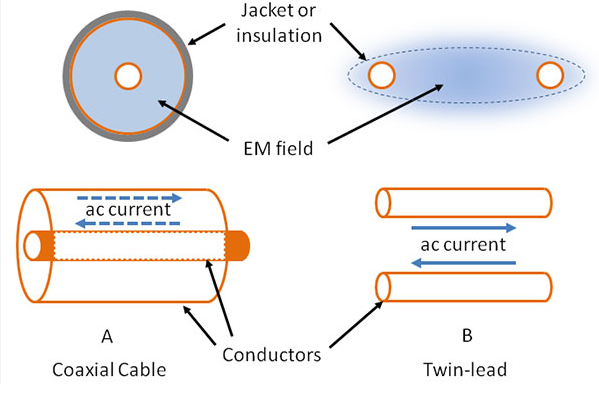
Reduce equipment pressure
High station wave ratio (SWR) causes a large amount of power to be reflected back to the transmitter, causing severe stress on the transmitter’s output power tube, which is very sensitive to temperature (usually transistor or vacuum tube), and high reflected power means that more electrical energy is converted to heat and remains inside the transmitter. A transmitter with a designed output power of 100 watts may have only a small amount of power reflection (around 2 watts) at an SWR of 1.2 and up to 25 watts at an SWR of 3.
High SWR not only increases thermal stress, but also reduces transmitter performance. When a transmitter detects a high SWR, many modern transmitters automatically reduce the output power in order to protect the hardware from damage.
Frequent equipment overheating and performance degradation result in shorter maintenance cycles, with transmitter output tubes needing to be replaced every two years on average and annually at high SWR conditions. A small radio station with a 100-watt output normally costs about $100 a year to maintain; In high-SWR environments, this cost can rise to $200 or more.
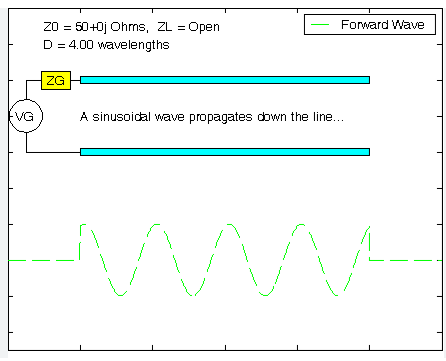
Improve signal quality
The station wave ratio (SWR) directly affects the radiation efficiency of the antenna, thus affecting the propagation quality and range of the signal. When the SWR is 1:1, the antenna system has almost no energy reflection and the highest energy utilization. If the output power of the transmitter is 50 watts, with an SWR of 1:1, the antenna can use almost all of the 50 watts for radiation.
If the SWR is increased to 2:1, the reflected power is about 11% and the effective radiated power drops to about 44 watts. This drop in power will directly affect the coverage of the signal, according to the principle of radio wave propagation, every half of the power will reduce the signal coverage distance by about 30%.
A lower SWR helps keep the signal stable, especially in the face of environmental disturbances such as atmospheric changes or terrain blocking. The high reflected power caused by high SWR not only reduces the transmission efficiency, but also may cause the phase of the signal to be inconsistent, causing the signal to fluctuate or intermittently at the receiving end.
Efficient power transmission and low SWR also help to improve the signal to noise ratio (SNR) of the signal, and a transmitter with a power of 100 watts, at an SWR of 1:1, almost all of the power is used to generate a useful signal. Instead, the SWR increases to 3:1, with about 25% of the power reflected, leaving only 75 watts of effective signal power.
Bandwidth performance
A dipole antenna with a coaxial feeder connection may cover 20 MHz of bandwidth at an SWR below 1.5, while its effective bandwidth may be reduced to only 10 MHz when the SWR is raised to 3.0.
Low SWR helps to improve the frequency selectivity of the antenna, making the performance of the antenna better at a specific frequency. In emergency or military communications, where efficient communication capabilities need to be maintained at specific frequencies, low SWR ensures that the antenna delivers optimal performance at these critical frequencies, minimizing signal loss and interference.
When the SWR of the day line is low, the integrity of the signal can be better maintained, and when transmitting data or video, the high bandwidth performance ensures data integrity and transmission speed, reducing data errors and retransmission due to frequency offsets or mismatches.
In broadcast or amateur radio applications, operators often need to switch operations on multiple frequency bands, and a well-designed antenna system, whose SWR is effectively controlled, can maintain good performance in each frequency band, thereby improving overall communication efficiency and reliability.

